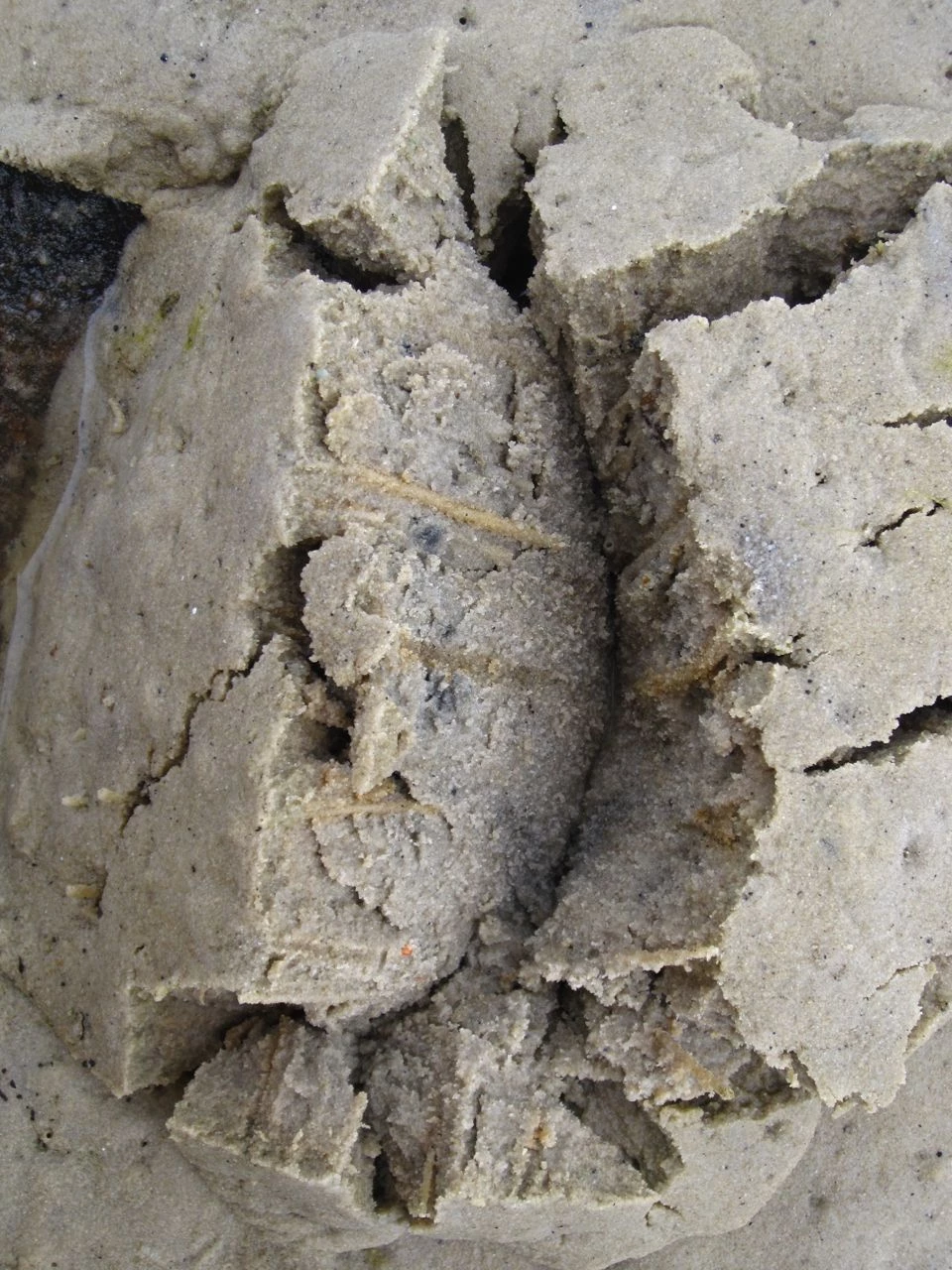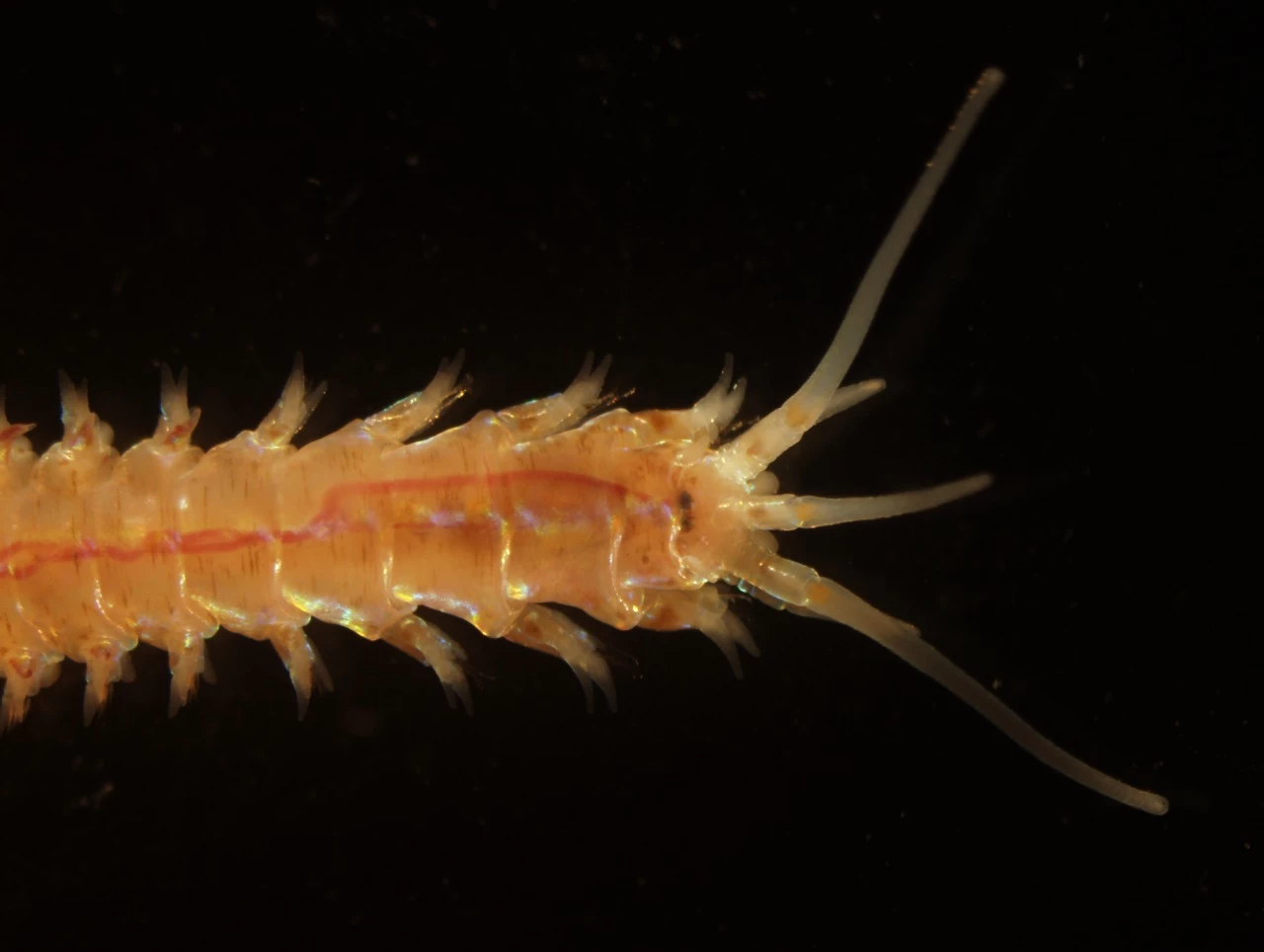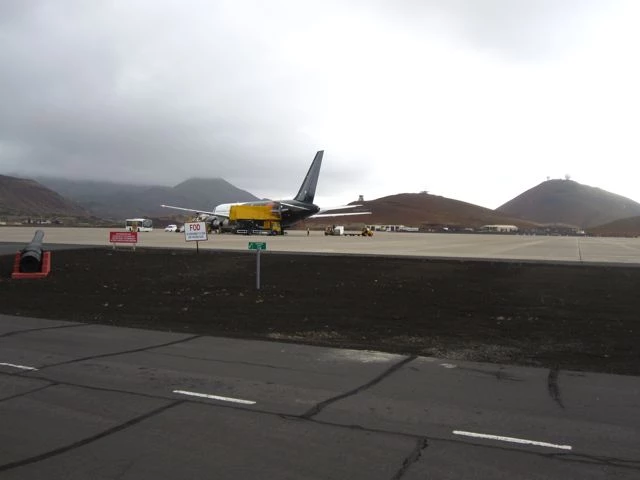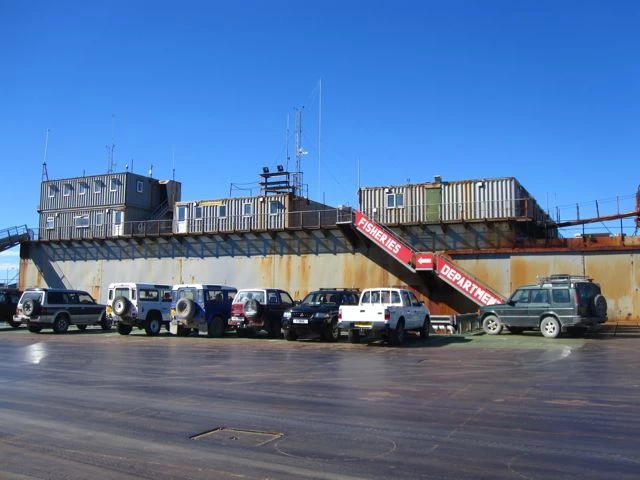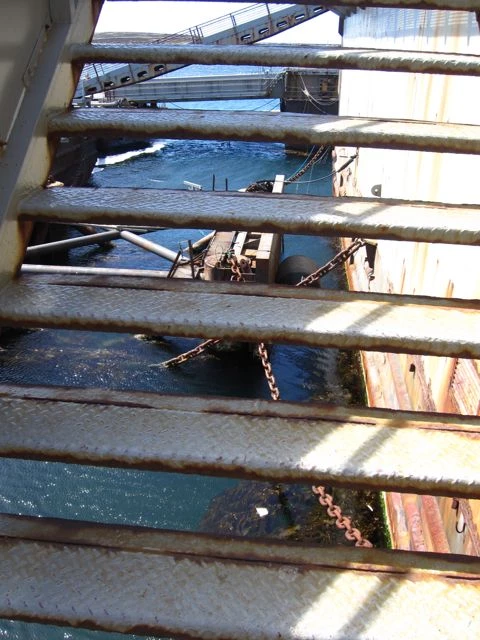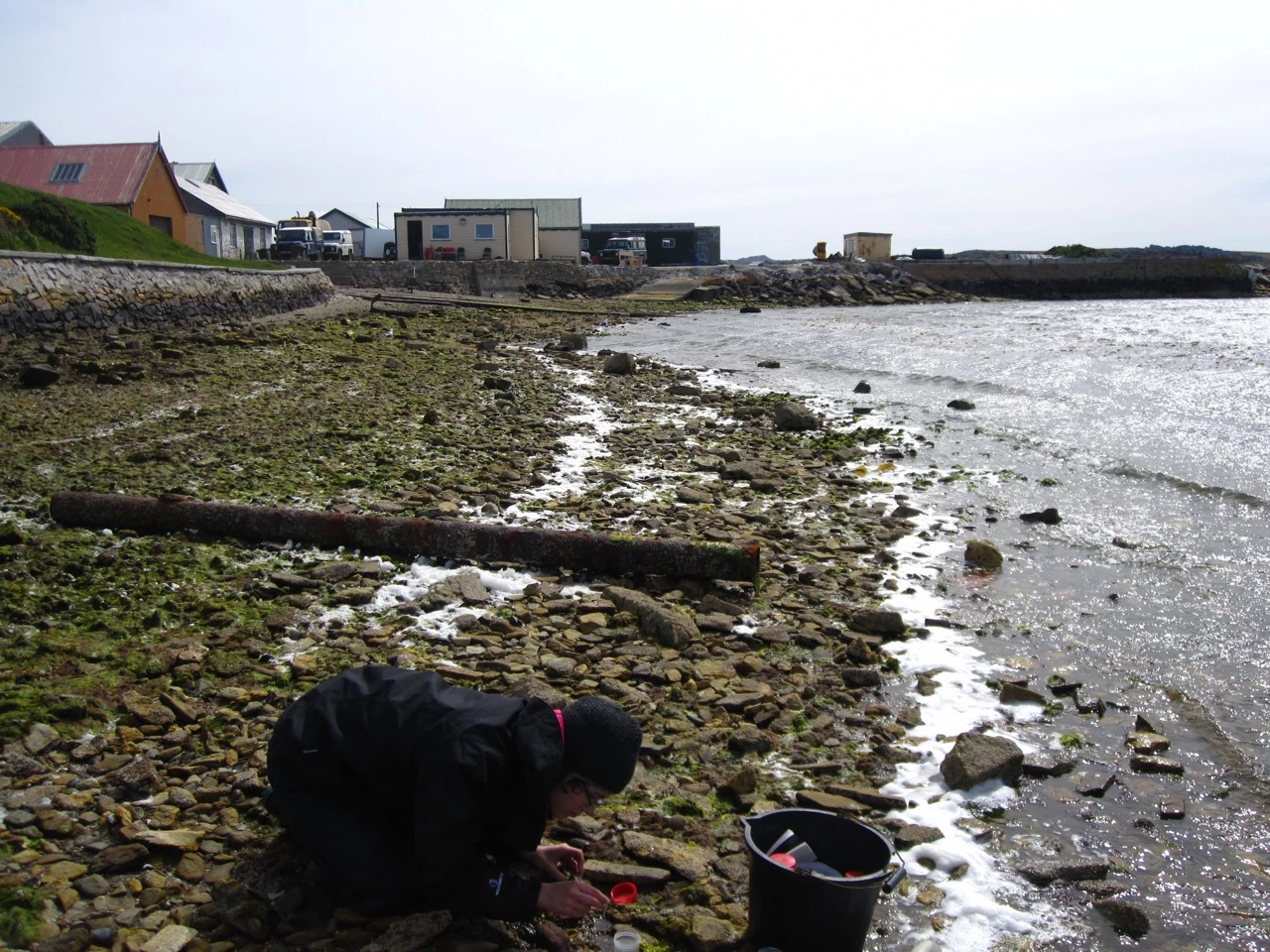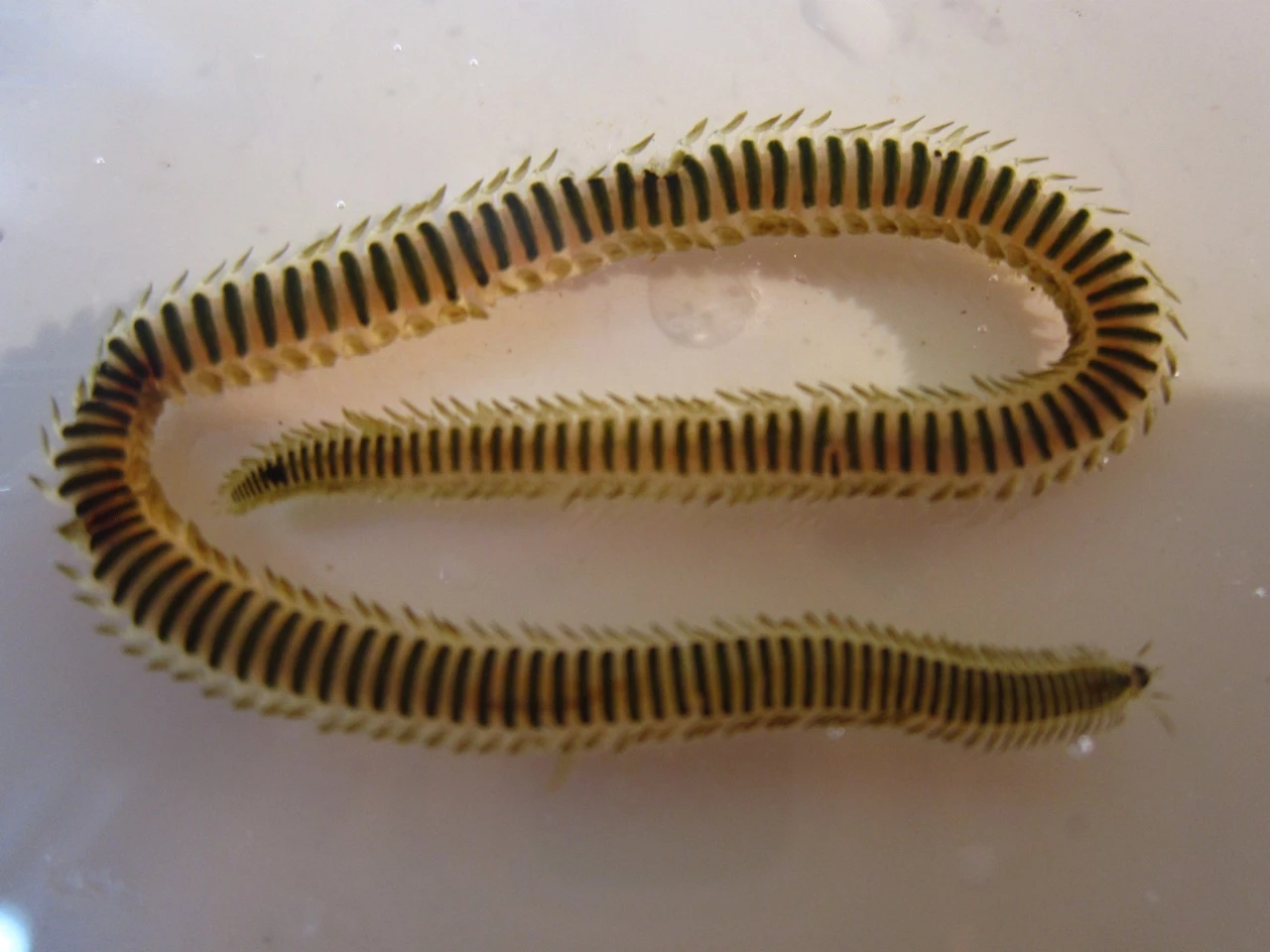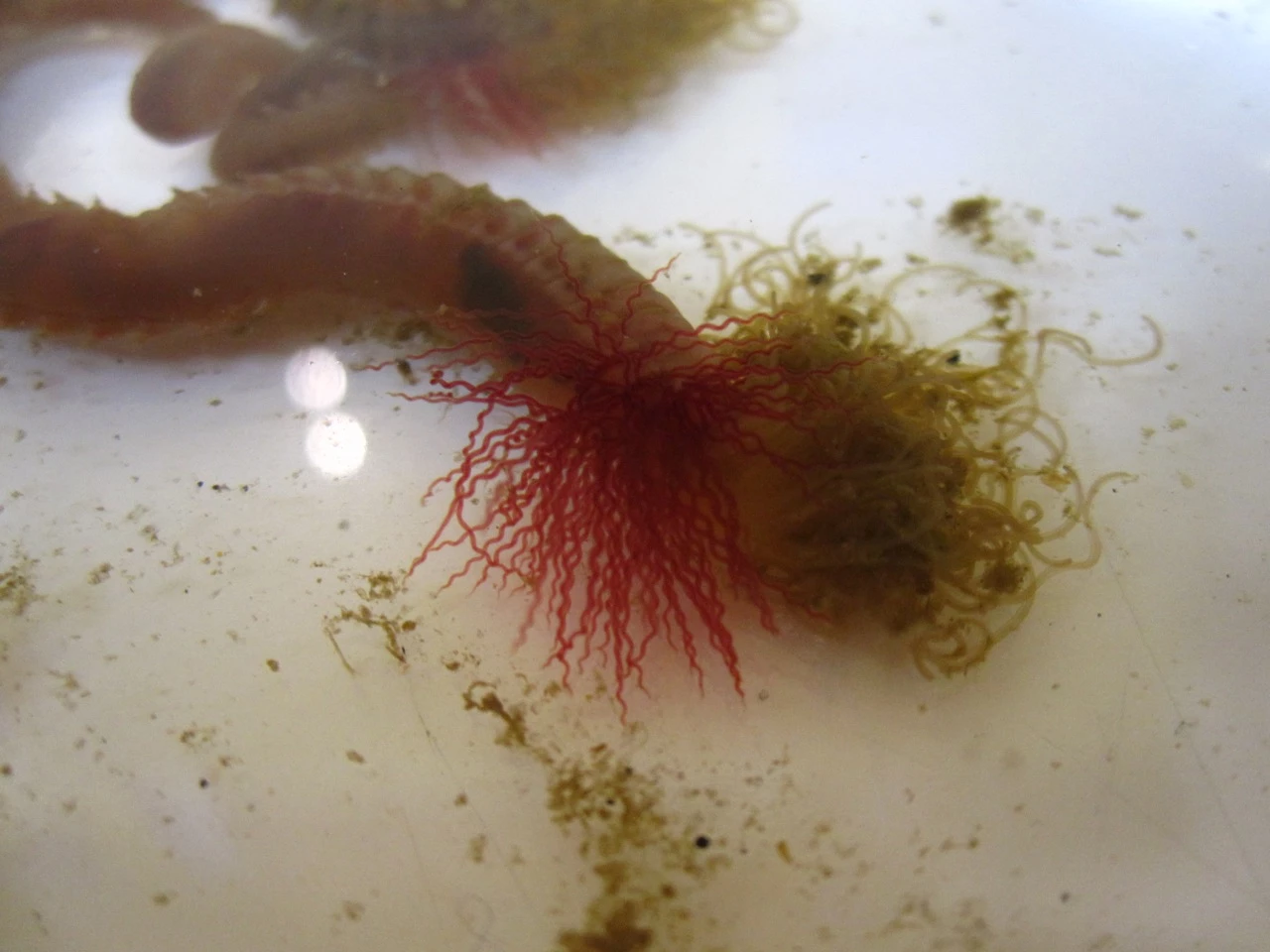Polychaete research in the Falklands by Teresa Darbyshire - Day 3
, 17 Tachwedd 2011
So, I’m happy. A new day with new worms (yes, I am easily pleased). Having said that, it is only the second day’s sampling and the challenge will be to be still finding new worms on day 28, I’ll let you know!
Bit of a late one though as late tides mean a later finish in the evening but conversely this does give me a lighter morning. I spent the morning driving around (I do like the landrover!) the local area checking out potential sampling sites, the idea being to spot places that have different habitats to each other that may harbour different species. On my way back into town I visited the local Museum. A small place with every square inch of wall space and several other cabinets covered in information on the history of the Falkland Islands from shipping, social history, whaling, natural history, geology and of course the Falklands War and island defence over the years. Very interesting.
For the afternoon, Freya made her return. This time we headed just east of Stanley to a spot known as The Canache. Strangely I hadn’t put Freya off the day before with a 2 hour stint on the beach and several more in the lab and she still seemed keen and smiling (Photo 1). The shore was very sandy, a complete contrast to yesterday’s rocks. This was of course deliberate as mentioned above in the bid to find new species. The shore was heavily dominated by a group of worms called bamboo worms (Maldanidae) whose tubes were evident with every spadeful (Photo 2). While kneeling down in the wet sand in my borrowed oilskin trousers (thanks Paul), I duly found the holes in the seams as the water seeped down my legs. Ah well.
We sampled a few times down the sandy beach and then moved across a small spit to a rocky area where we found a few of the same species as yesterday but also several new ones, including different species of ragworm and a large 1.5inch scaleworm (for those who don’t know this is very large), larger than any I have seen in the UK.
Back in the lab I had now managed to access the camera microscope, the downside of this being that it adds even more time to that needed to go through the animals. The results can be nice though although it will only take images of a small area so the animal needs to be small or you take a picture of a small piece. New to the day were some onuphids (Photo 3), flattened worms that build tubes on rocks and a goniadid (I think) that obligingly pushed its proboscis (the spiky-looking tube) out of its mouth (Photo 4). In these animals, the appearance of the papillae on this structure is often used to help identify the species so this was very useful. Pictures also act as later reminders of the colours of the animals as these can be a distinctive feature for identification but fade once they are preserved. I just need to find more tiny things now (sigh) so I can take pictures of whole animals as well.
What’s in store for tomorrow? (today actually as I didn’t manage to finish writing this last night), well you’ll have to wait and see as I haven’t made my mind up yet. Sun’s shining again though…

